Video: How South Yorkshire charity is determined to keep ancient craft of Dry Stone Walling alive
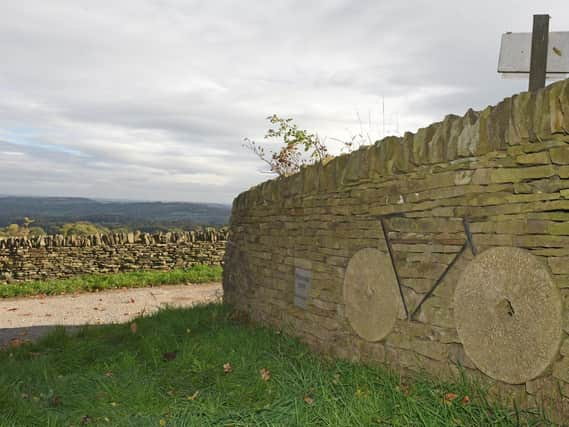

These features, dating back to the iron age and beyond '“ line fields and pathways, used to delineate boundaries between parcels of land. You probably pass by them regularly, without too much thought for their important history in the region.
And, in South Yorkshire, there is one group that is determined to keep this ancient craft alive, preserving its beauty, and the techniques of its creation, for future generations.
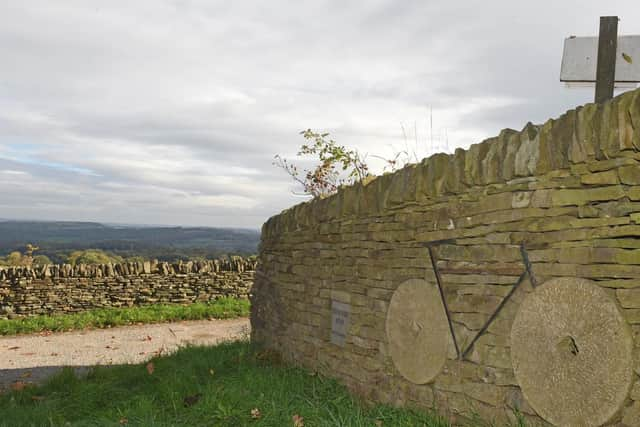

Advertisement
Hide AdAdvertisement
Hide Ad'The South Yorkshire Branch of the Dry Stone Walling Association of Great Britain was founded 25 years ago,' explains the group's vice-chairman, Eileen Burn.
'We aim to promote a greater understanding of the traditional craft of dry stone walling, and encourage the repair and maintenance of dry stone walls and structures in the region. There is a growing demand for the repair and preservation of dry stone features, and far from the craft dying out, it is alive and well all over the country.'
The unique construction method of dry stone walling does not use cement jointing, and the finished result blends with the surroundings, providing shelter and habitat for a wide range of animals and insects.
'Field boundaries are often the strongest features in landscapes, stitching fields together to form the '˜patchwork' or '˜mosaic, which is frequently said to characterise the English countryside,' explains Eileen.
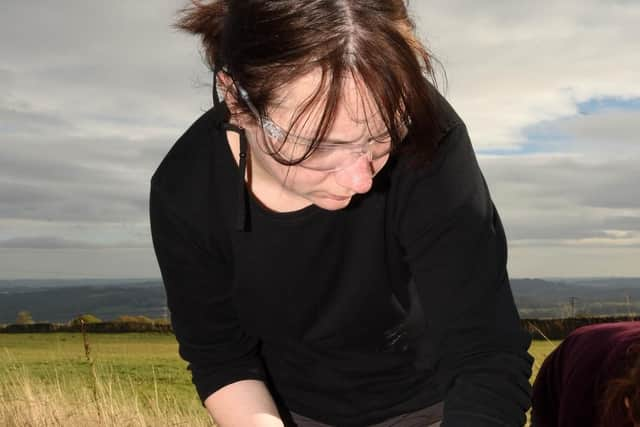

Advertisement
Hide AdAdvertisement
Hide Ad'The network of dry stone walls across the landscape is one of the most eye-catching and extensive man-made structures within the Yorkshire Dales and North Yorkshire Moors. The long-lasting strength of such walls is a testament to the skills of the wallers who can raise substantial structures relying only on interlocking stones and their mass.'
The South Yorkshire branch currently has around 40 members - a mix of professional, semi-professional, and leisure wallers, who come together to promote dry stone walling. One of the group's most proud creations is a wall with an effigy of a bicycle built in, at Hoylandswaine, which they built to celebrate the Tour de France passing through Yorkshire.
'We are a diverse group, coming from a variety of urban and rural backgrounds,' Eileen adds.
'The work that we do is twofold - one as a branch, and two as working wallers. As a branch, we undertake basic training courses where we teach the basic principles of dry stone walling, and contribute to the conservation of our valuable local dry stone walls.
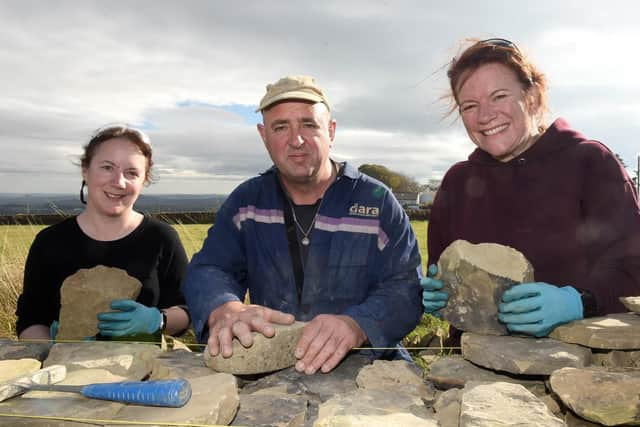

Advertisement
Hide AdAdvertisement
Hide Ad'These courses are taught by accredited Dry Stone Wall Association instructors and members of the DSWA of Great Britain, which was formed half a century ago.'
Andy Norman is one such instructor.
'We think it is vital that we ensure this ancient craft is continued and taught and passed on to the next generation,' confirms Andy, a professional waller who lives in Barnsley.
'We run these weekend courses throughout the year, and we always have a great response. It's great to see there is still an appetite for this craft.'
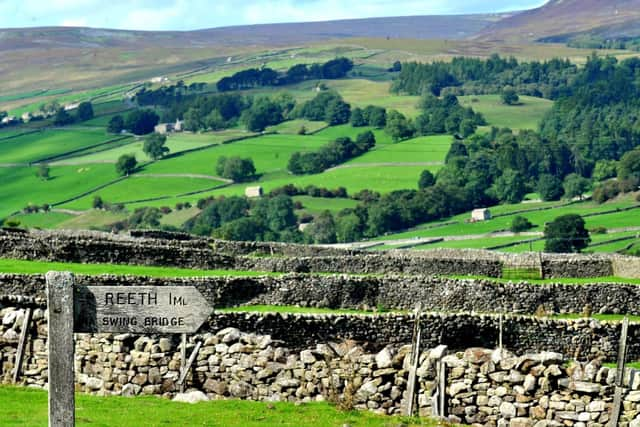

And 2018 has been a busy year for the group, as it heads into its silver anniversary year in 2019.
Advertisement
Hide AdAdvertisement
Hide AdEileen adds: 'We're registered as a charitable organisation in England and Wales, and this year we have supported a number of charities in their fundraising activities, donating places on our Basic Building Courses to St Luke's Hospice, Bluebell Wood Children's Hospice, Sheffield Children's Hospital Charity, Barnsley Hospice, and Barnsley Hospital Charity.
'We have also built dry stone jumps at Frickley Park, in Doncaster, for the British Eventing Horse Trails, and regularly attend agricultural and country shows '“Â such as Penistone Agricultural Show '“Â undertaking exhibition builds that include reconstruction and conservation of features and walls.
'A number of us also join our colleagues from others branches once a year at the Gearstones Lodge in Ribblehead - where dry stone walling's history can be traced back to 1792 - to undertake the re-building of boundary walls. Events like this provide a great opportunity for us all to meet up, from all the different regions of Great Britain, and work together and learn from one another.
'I honestly cannot emphasise enough, the impact and importance of dry stone walls in the environment and landscape. In urban and rural settings, they reflect the social and political landscape of the area. Look around South Yorkshire and you will see thousands of miles of dry stone walls all with a history and worked by people who were, and are, skilled in this ancient craft.'Â
The South Yorkshire Dry Stone Walling Association meets on the third Tuesday of each month. Meetings start at 7pm, and all are welcome.